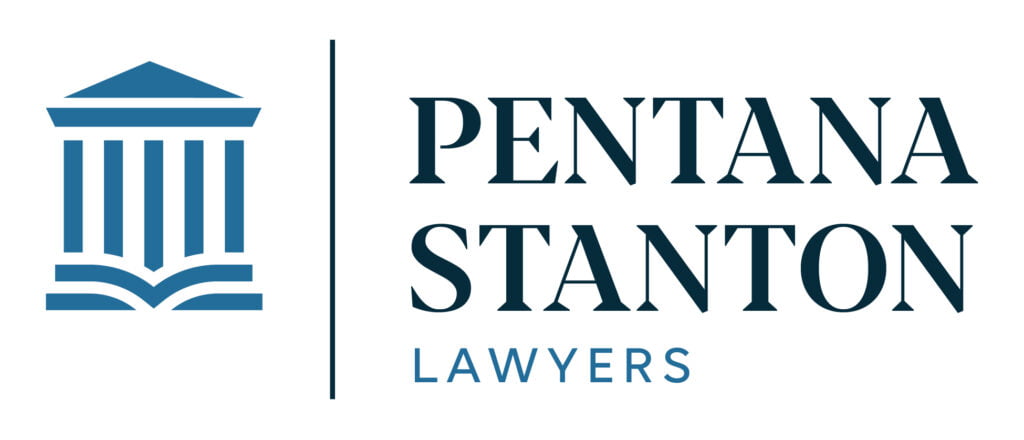Shareholder disputes can be a significant challenge for any corporation. They not only threaten the harmony within a company but can also impede its growth and stability. In this blog, we will delve into the steps and strategies to effectively resolve shareholder disputes, ensuring the smooth sailing of your corporate ship.
Understanding the Roots of Shareholder Disputes
Before diving into resolution strategies, it’s crucial to understand the common causes of shareholder disputes. These often include:
- Differences in Business Vision: Divergent opinions on the company’s direction or strategy.
- Financial Concerns: Disagreements over dividend policies, profit sharing, or financial management.
- Breach of Agreements or Duties: Violations of shareholder agreements or perceived neglect of duties by board members or management.
Step-by-Step Guide to Resolving Shareholder Disputes
Step 1: Early Detection and Open Communication
The key to mitigating the impact of a dispute is early detection. Encouraging open dialogue within the company can bring issues to light before they escalate.
Step 2: Review Shareholder Agreements
A well-drafted shareholder agreement is the first line of defense. Review these documents to understand the rights, obligations, and agreed-upon procedures for dispute resolution.
Step 3: Initiate Mediation
Mediation involves a neutral third party facilitating discussions between the disputing shareholders. It’s a non-confrontational approach that focuses on finding a mutually acceptable solution.
Step 4: Consider Arbitration
If mediation fails, arbitration can be a more formal yet less adversarial alternative to litigation. An arbitrator listens to both sides and makes a binding decision.
Step 5: Engage in Negotiation
Negotiation is an informal process where parties directly communicate to find a common ground. It’s cost-effective and can preserve business relationships.
Step 6: Resort to Legal Action
As a last resort, legal action may be necessary, especially if the dispute involves complex legal issues. However, it’s costly, time-consuming, and can impact the company’s public image.
Step 7: Role of the Board of Directors
The board can play a crucial role in dispute resolution by mediating discussions, ensuring compliance with corporate governance, and maintaining the company’s best interests.
Best Practices for Avoiding Future Disputes
- Regular Shareholder Meetings: Encourage regular communication and updates on company affairs.
- Transparent Business Practices: Ensure transparency in decision-making and financial matters.
- Updating Shareholder Agreements: Regularly review and update shareholder agreements to reflect current business practices and laws.
- Shareholder Education: Educate shareholders about their rights and responsibilities.
Conclusion
Navigating shareholder disputes requires a balanced approach that emphasizes early detection, open communication, and a willingness to explore various dispute resolution methods. By understanding the causes, following a step-by-step resolution process, and implementing best practices for prevention, your company can effectively manage and resolve shareholder disputes, paving the way for a more harmonious and prosperous corporate future.



